A Higher Calling is an attempt to repurpose Telephone Exchange Buildings as Infrastructures of Counter-Surveillance.
Following the improved capabilities & capacities of present-day telecommunication equipment, telephone exchange buildings in Singapore are increasingly being decommissioned. Despite their architectural rarity and heritage significance, these markers of modernity are often left disused, and demolished.
As purveyors of interconnectivity, these infrastructures heralded in a new era of mass communications, but also expedited the onslaught of unwarranted and widespread surveillance. This violation of privacy undermines basic human rights and democracy in society.
Building upon their characteristic architecture – its geographical spread across the island, visual inconspicuity, underground cable inter-connectivity, and a predominantly windowless disposition – and fundamental ethos of providing unrestricted communication, this thesis argues that telephone exchange buildings should be conserved and repurposed as spaces of refuge and avenues for recourse, against an increasingly inevitable surveillance climate.
Positioned as secure amenities, this reimagined network of telephone exchange buildings serves as counter-surveillance infrastructures open to all, providing the masses a choice to opt-out of the ambient surveillance present in our everyday, simply by entering and utilizing these secure buildings – to live, work and play in a secured environment, away from the prying eyes of the state, and listening ears of corporations.
Here, three telephone exchanges – East Telephone Exchange, Changi Telephone Exchange, and City Telephone Exchange – were selected to be repurposed, based on their architectural styles, surrounding contexts, and intervention possibilities.
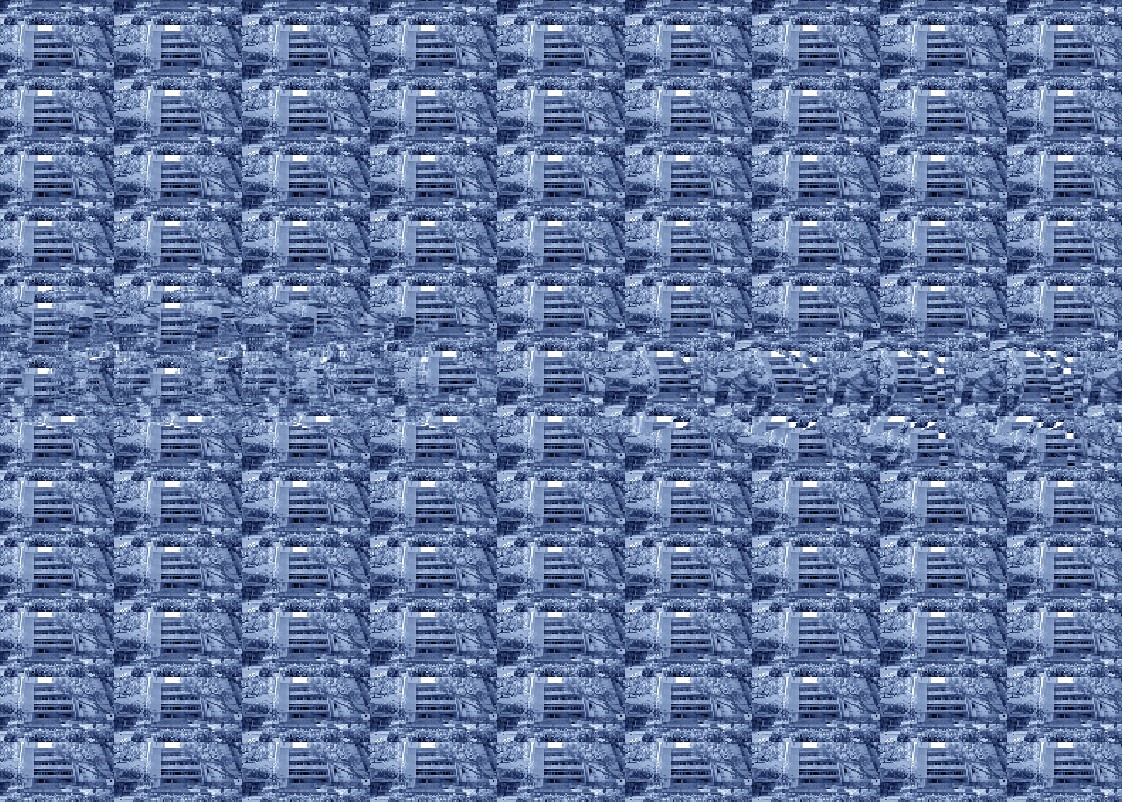
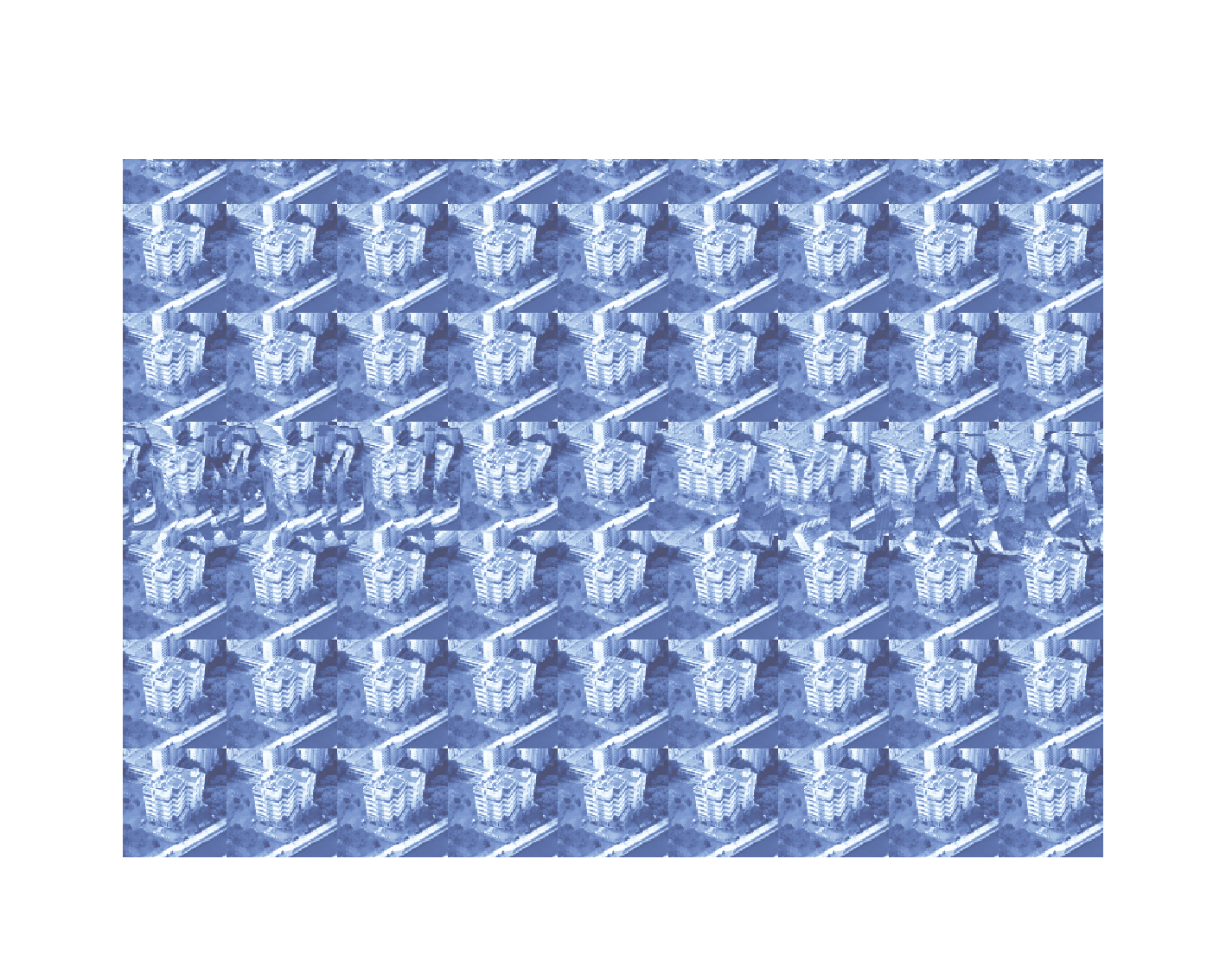
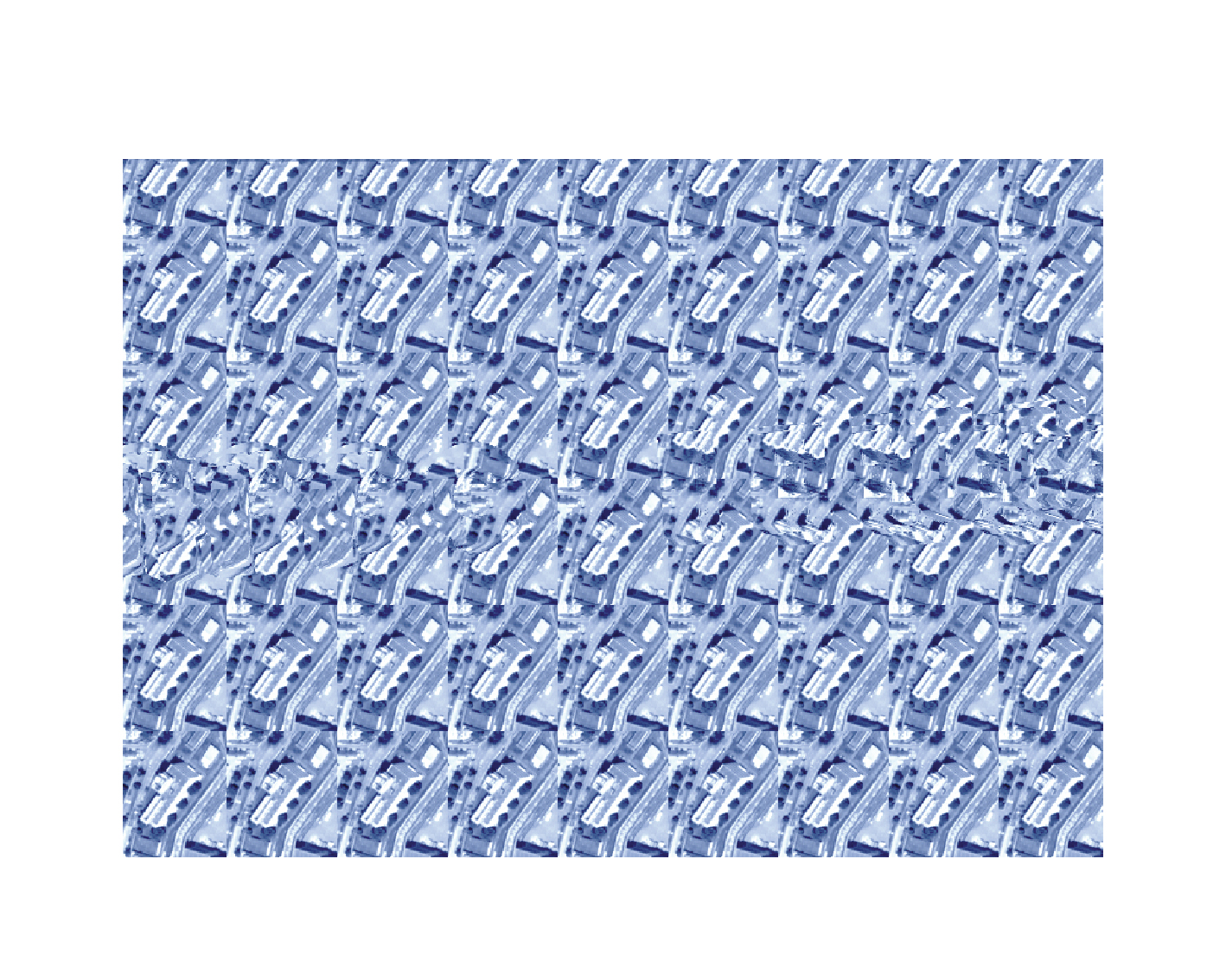
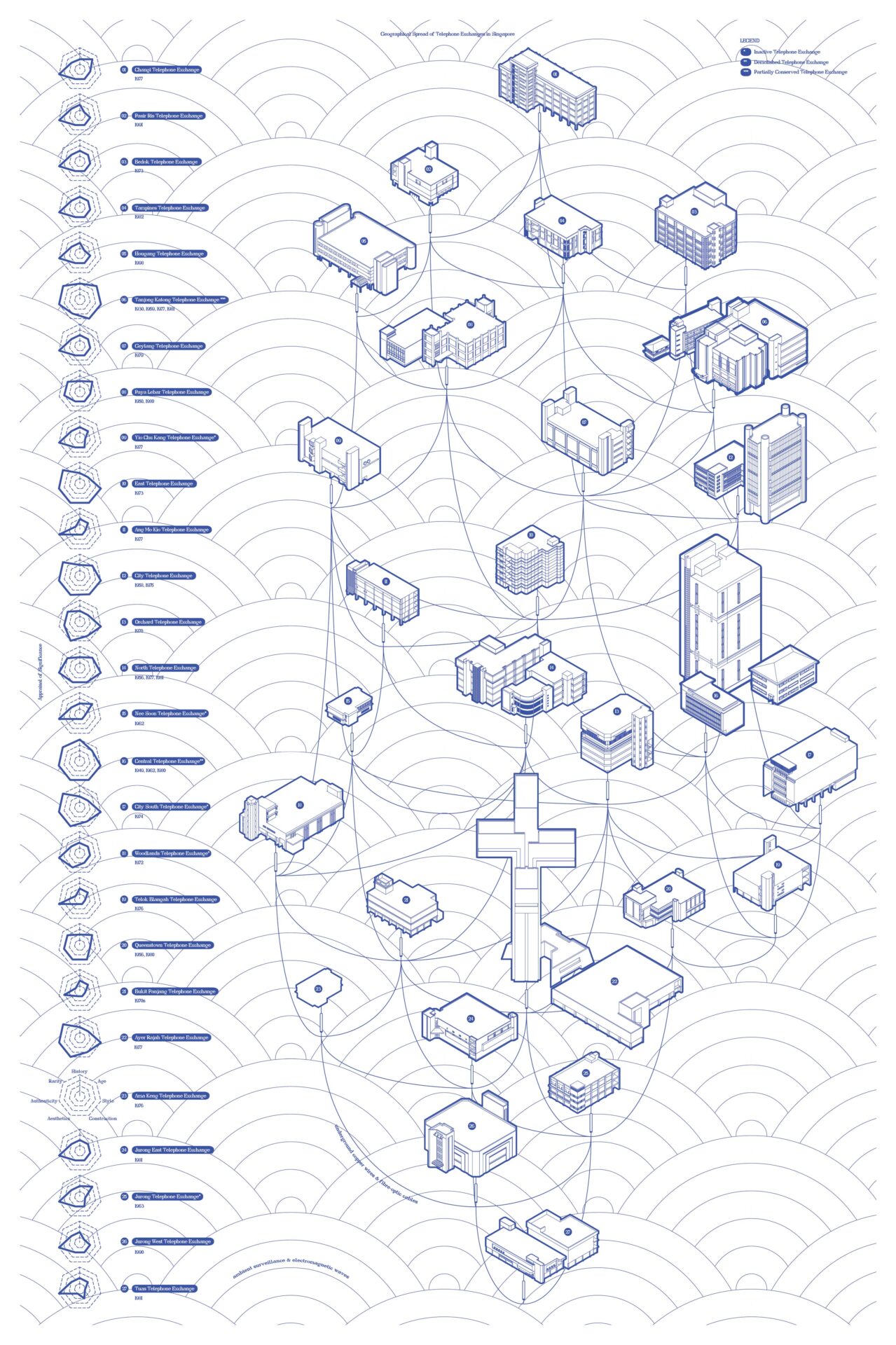
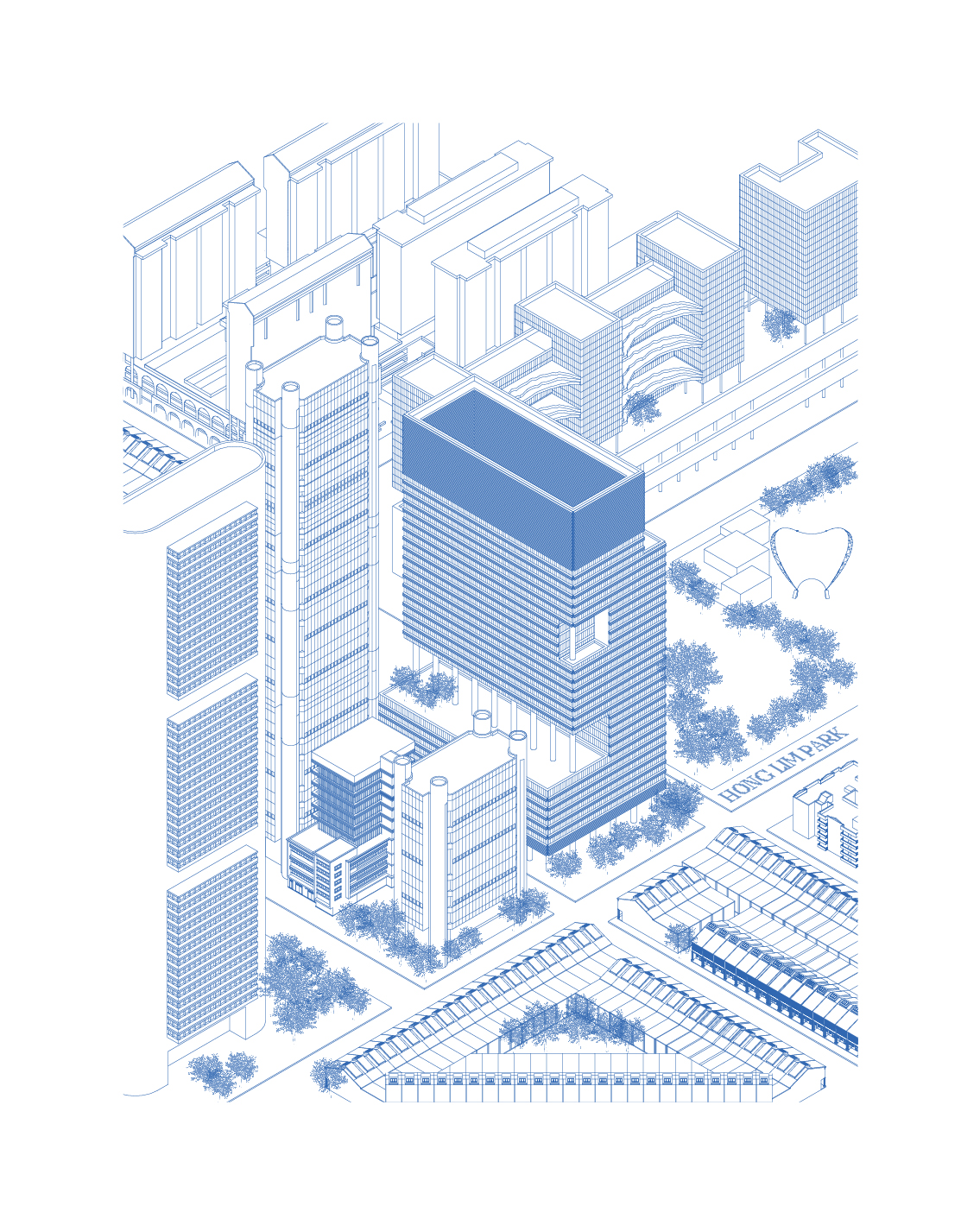
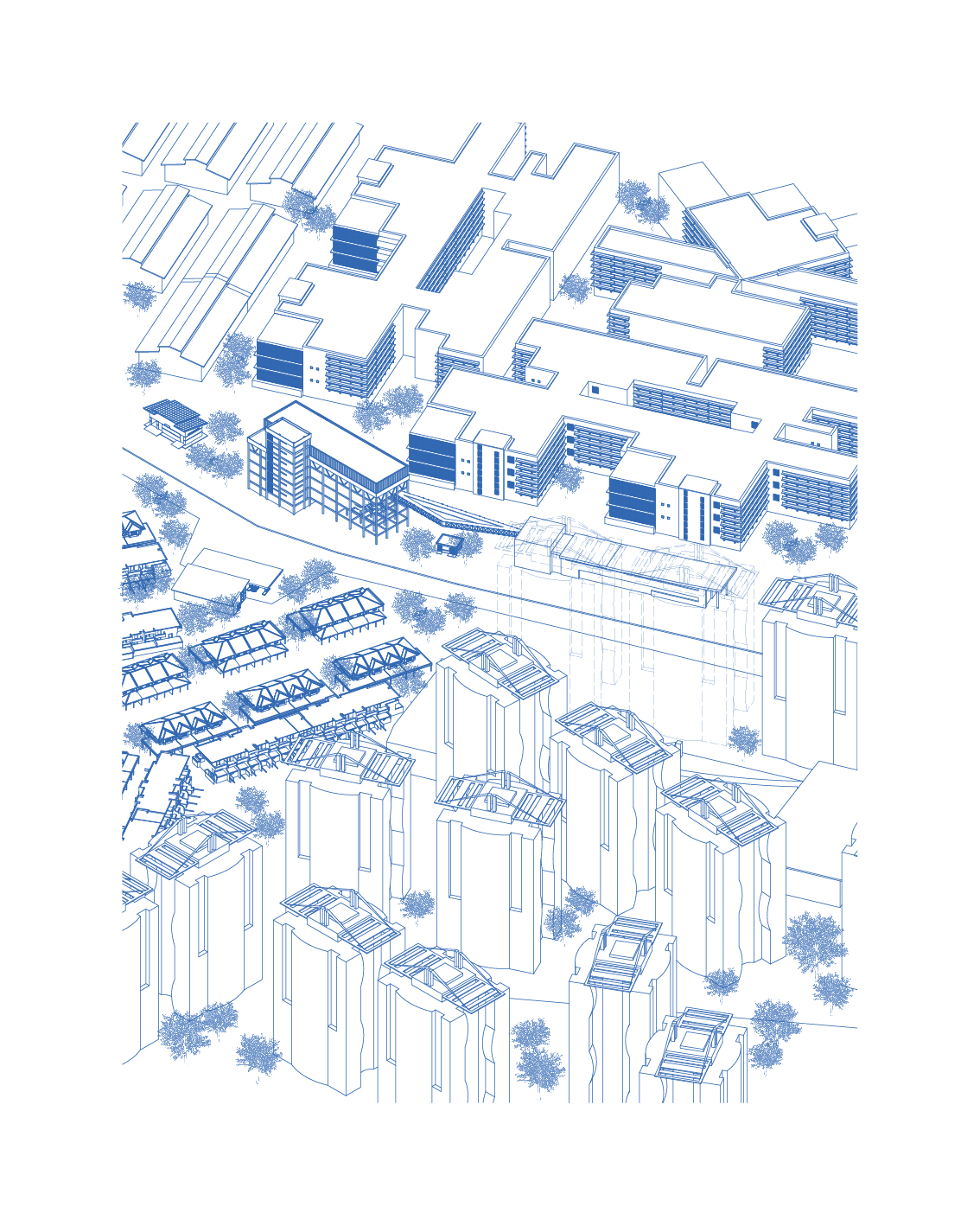
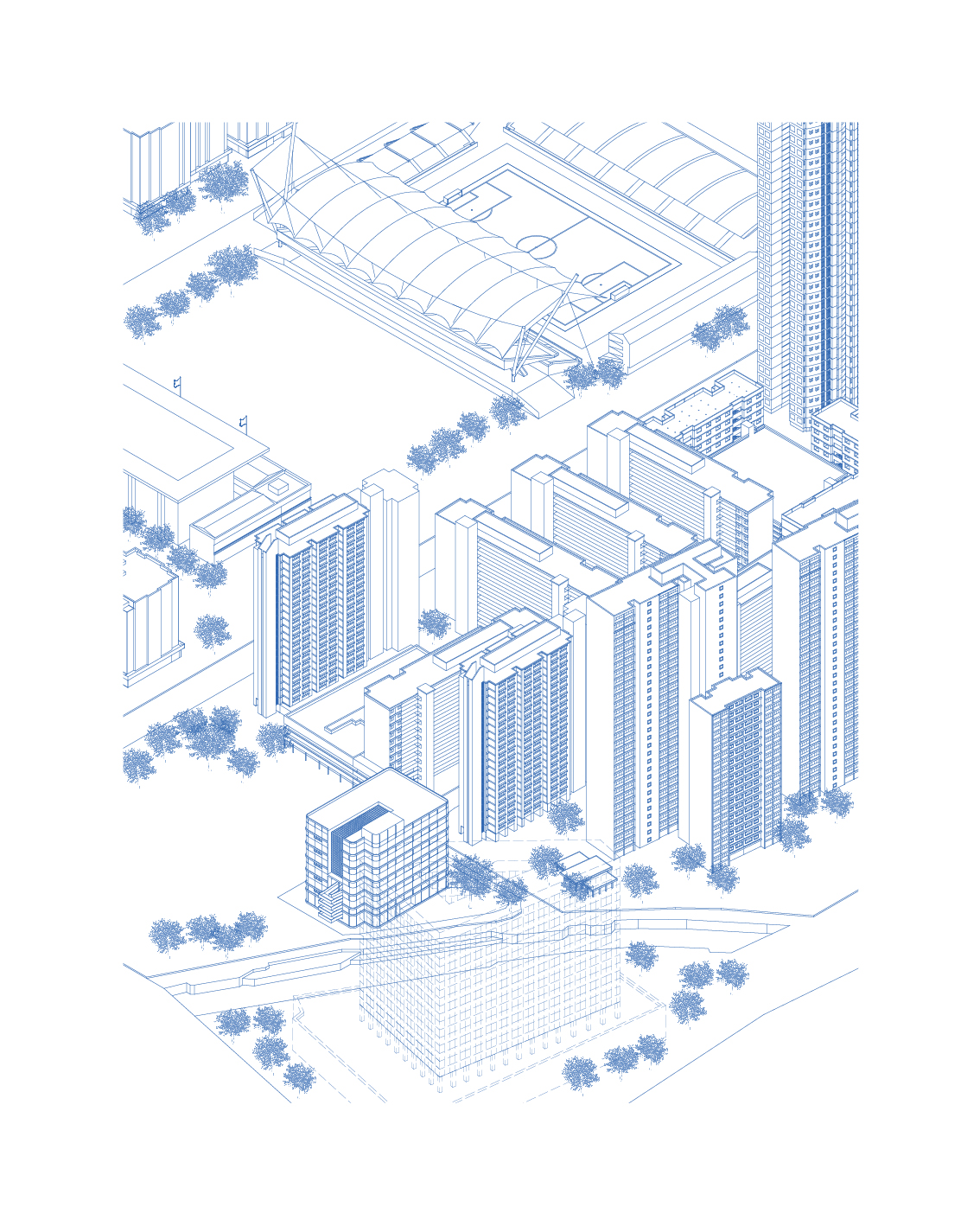
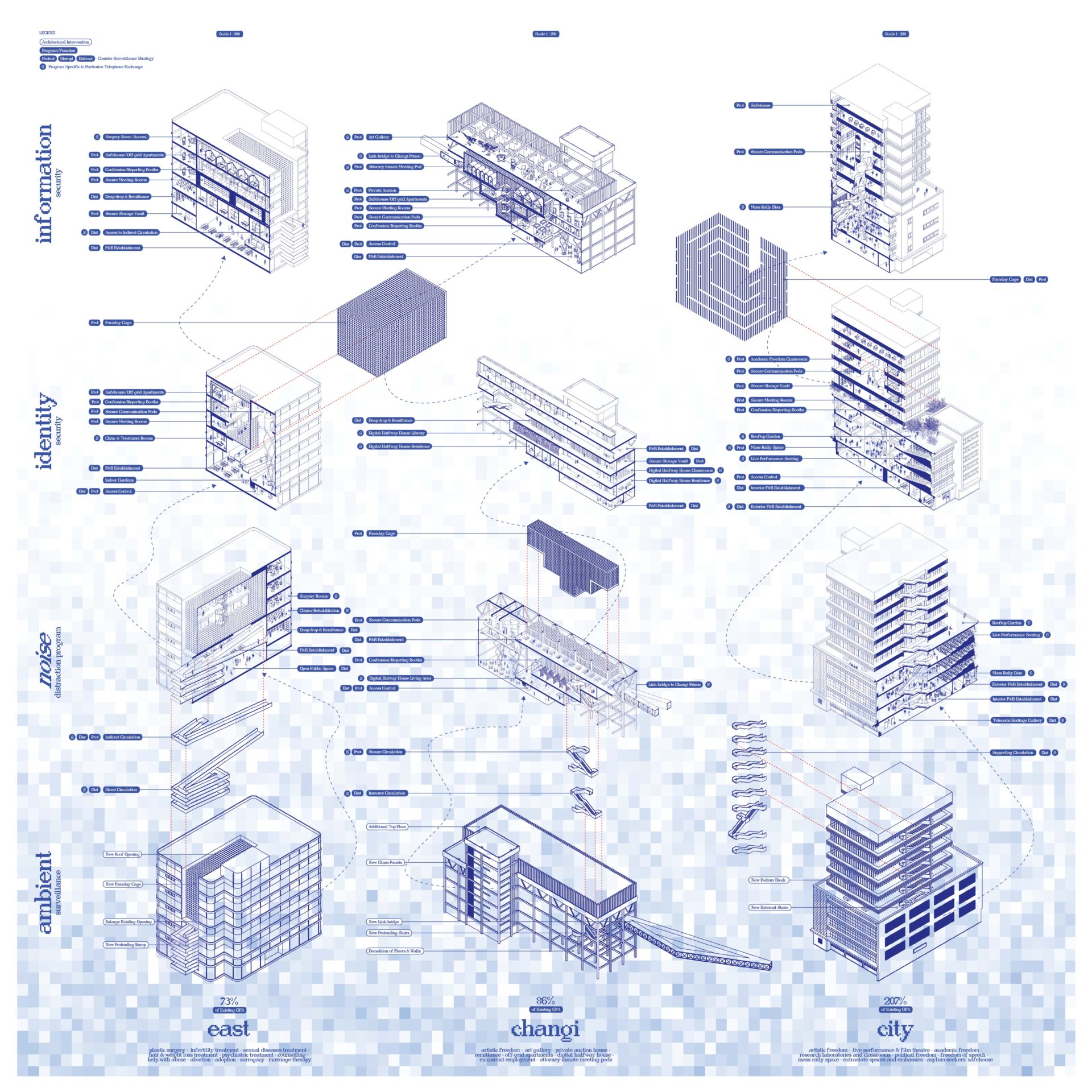
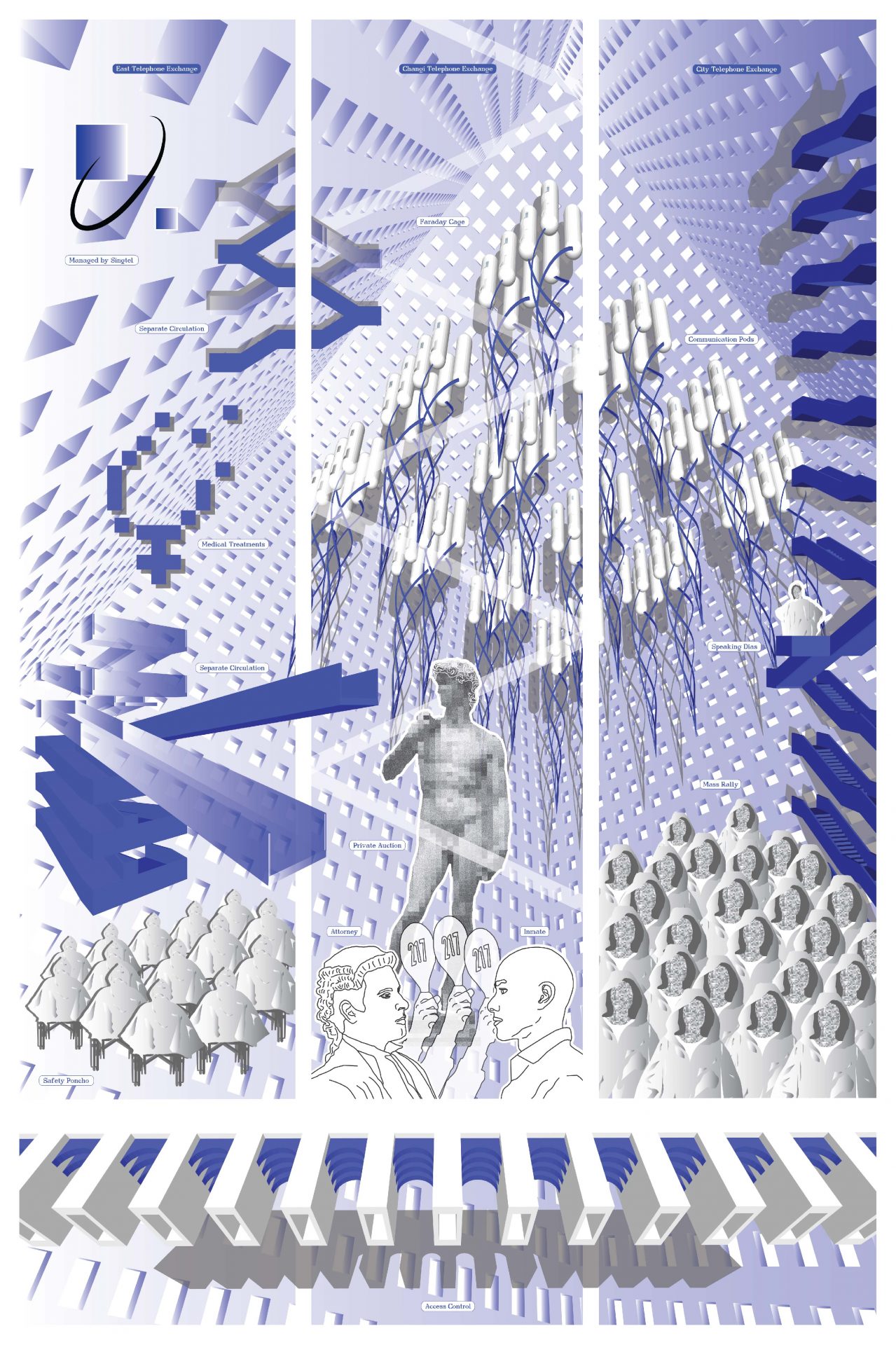
Supervisor's comments:
The multi-layered significance of Telephone Exchange Buildings, as an ‘invisible’ infrastructure that is inextricable from the normal functioning of our highly networked society, is explicated, and a compelling case is made for their continued relevance through creative adaptive reuse, despite inevitable programmatic and technological obsolescence. The geographical spread, enigmatic presence, inscrutable massing and windowless facades – ‘character defining elements’ of this under-the-radar modern building typology – are capitalised upon to serve a new purpose. These very same qualities are optimised, enabling their smooth transition to become ‘opt out’ anti-surveillance facilities catered to an expanding myriad of activities where privacy is of paramount importance, and a fundamental right of every citizen.
- Adj. Asst. Prof. Ho Weng Hin